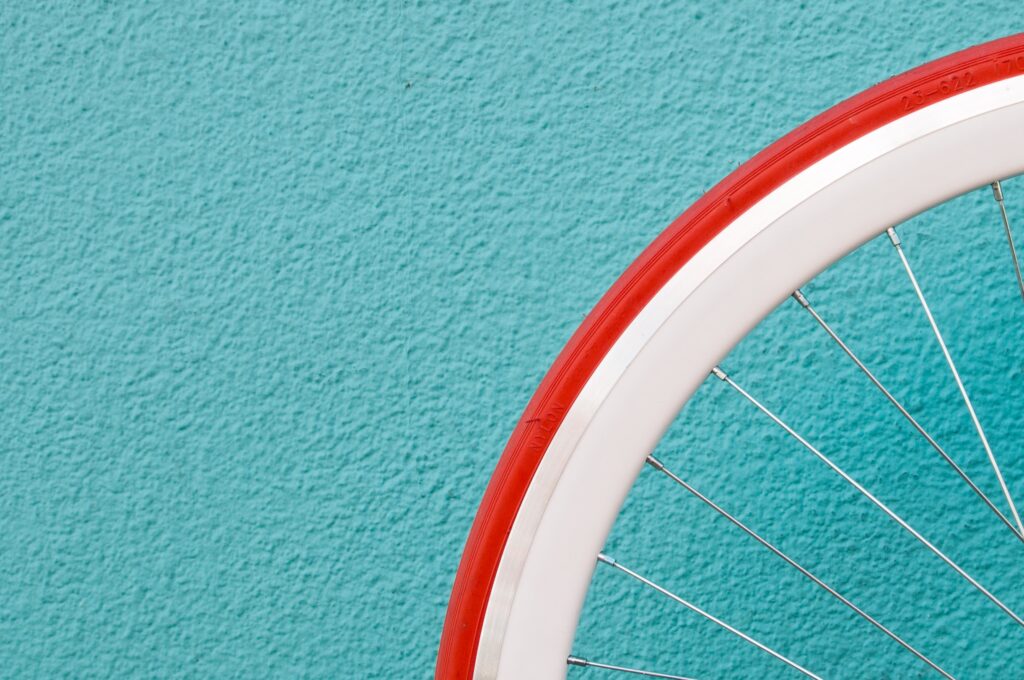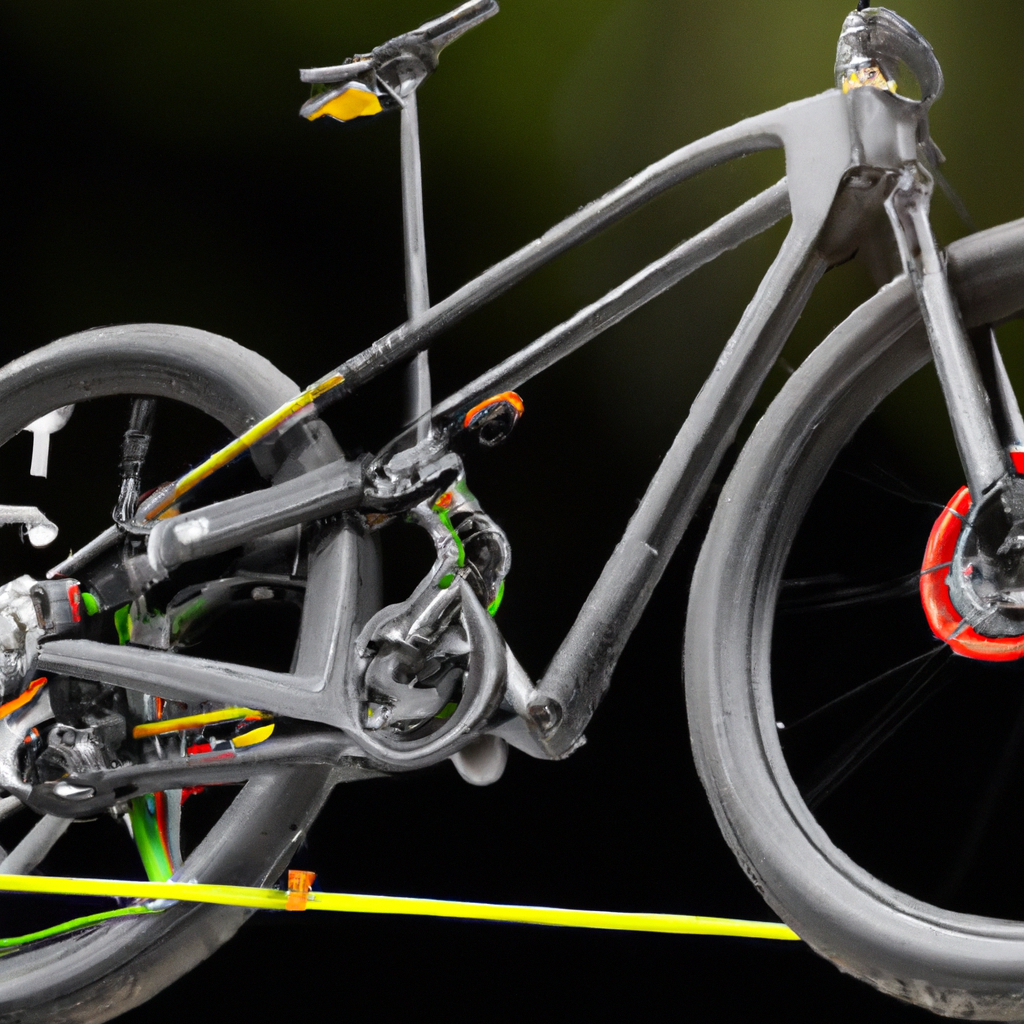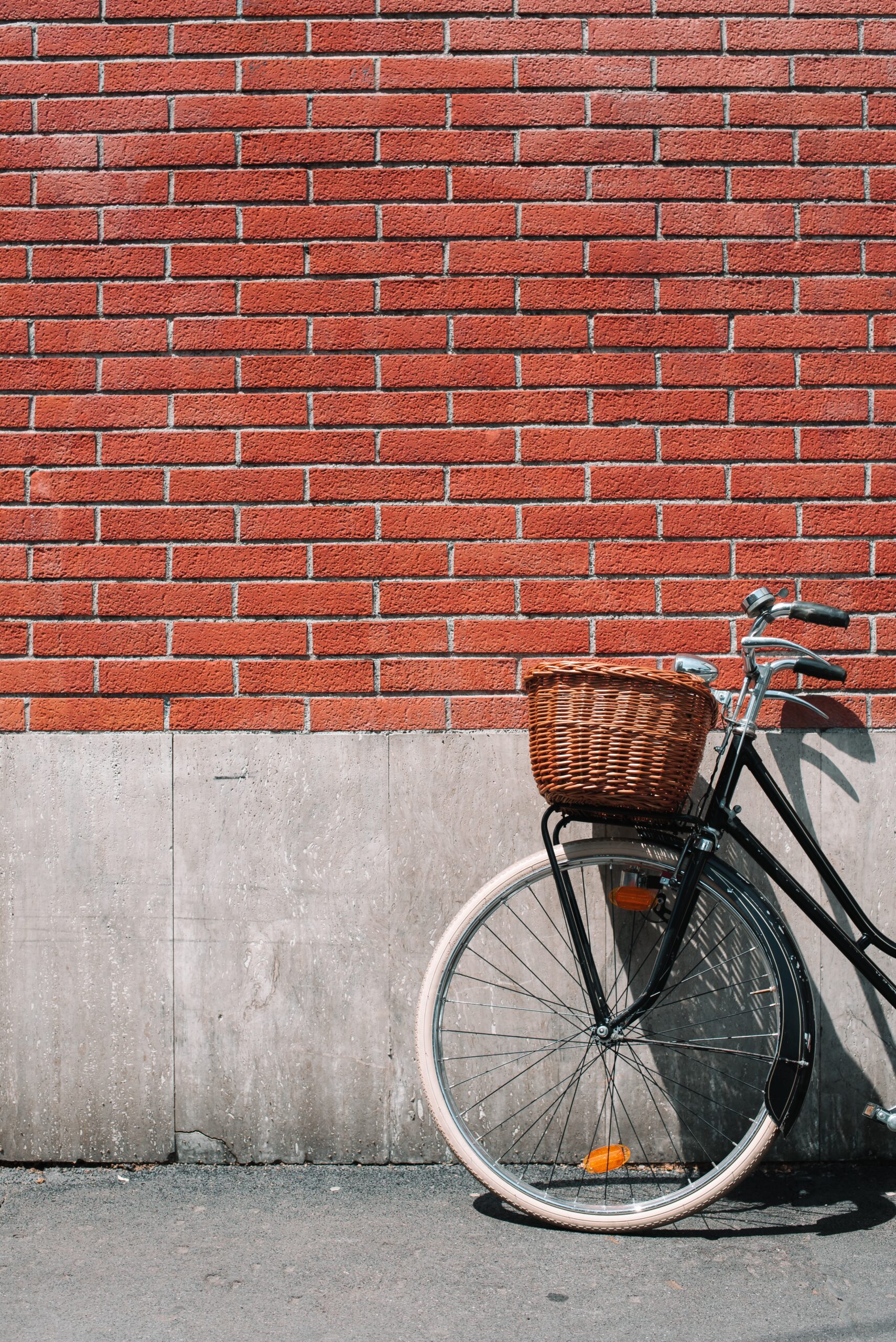Hey there, E-Bike enthusiasts! Get ready to take your riding skills to new heights with our latest article, “Improving Uphill Performance On Your Electric Bike: Tactics For Tackling Steep Inclines.” In this dedicated section of advanced e-bike riding tips, we’ll guide you through the intricate technical aspects of e-biking. Whether you’re an intermediate rider looking to enhance your uphill performance or an advanced rider seeking to conquer the steepest inclines, this article is designed to be your go-to resource. We’ll cover everything from optimal pedal assist levels to body positioning techniques, providing you with comprehensive, in-depth information that you won’t easily find elsewhere. So let’s dive in and harness the power of your electric bike to conquer those daunting uphill challenges!

Understanding the challenges
Effects of steep inclines on e-bike performance
When it comes to tackling steep inclines on your electric bike, it’s important to understand the effects it has on your bike’s performance. Riding uphill puts additional strain on both you and your e-bike, requiring more power and effort to overcome gravity. Steep inclines can significantly impact your speed and overall performance, making it necessary to employ specific tactics to optimize your uphill riding experience.
Factors affecting uphill performance
Several factors can influence your e-bike’s uphill performance. The most significant factors include the grade and length of the incline, the weight of the rider and the bike, and the available power from the battery. Steeper inclines and longer climbs generally require more power, as the gravitational force working against you intensifies. Moreover, the weight of the rider and the bike can also affect uphill performance, as heavier loads require more power and effort to ascend. Understanding these factors will help you better prepare for uphill challenges and develop effective strategies to overcome them.
Optimizing gear selection
Selecting the appropriate gearing
One of the keys to maximizing your uphill performance is selecting the appropriate gear for the terrain. E-bikes offer a wide range of gears, allowing you to choose the most suitable one for a given incline. When faced with a steep climb, it’s essential to shift into a lower gear to increase your pedaling cadence and generate more torque. This will make it easier to maintain a steady pace and overcome the resistance of the incline. Experiment with different gear combinations to find the optimal setup that allows you to maintain efficiency and power while climbing.
Understanding gear ratios
Understanding gear ratios can be a game-changer when it comes to optimizing your uphill performance. Gear ratios determine the relationship between the number of teeth on the front chainring and the rear cassette. Lower gear ratios, indicated by a smaller number of teeth on the front chainring and a larger number of teeth on the rear cassette, provide greater mechanical advantage and are ideal for climbing steep inclines. Higher gear ratios, on the other hand, allow for higher speeds on flat or downhill sections. Familiarize yourself with the gear ratios on your e-bike and experiment with different combinations to find the most efficient setup for uphill riding.
Utilizing the power modes on your e-bike
Most e-bikes come equipped with multiple power modes, allowing riders to adjust the level of assistance provided by the motor. When climbing steep inclines, it’s advantageous to switch to a higher power mode to access additional assistance and make the climb more manageable. However, keep in mind that higher power modes consume more battery power, so be mindful of your battery level and adjust accordingly. Experiment with different power modes to find the balance between support and battery usage that works best for your riding style and the terrain you’re tackling.
Utilizing pedal assist effectively
Adjusting pedal assist levels
Pedal assist is a fantastic feature on e-bikes that can greatly enhance your uphill riding experience. It provides additional power to your pedal stroke, making it easier to conquer steep inclines. When riding uphill, it’s crucial to adjust your pedal assist to a level that complements your effort and the difficulty of the climb. Higher levels of pedal assist offer more power and make climbing easier, but they also drain the battery more quickly. Lower levels require more effort on your part but conserve battery power. Experiment with different pedal assist levels to find the optimal setting for each climb.
Monitoring your cadence
Monitoring your cadence, or the speed at which you pedal, is crucial for effective uphill riding. When climbing steep inclines, aim for a moderate to high cadence to maintain momentum and generate power. A faster pedal cadence allows for a smoother application of power and reduces the strain on your muscles. However, be careful not to pedal too quickly, as it can result in a loss of control or spinning out on loose terrain. Pay attention to your cadence and find a rhythm that allows you to maintain a steady pace while keeping your energy expenditure under control.
Utilizing torque sensors for efficient pedal assist
Many e-bikes are equipped with torque sensors that measure the force applied to the pedals and adjust the level of assistance accordingly. Utilizing torque sensors effectively can significantly improve your uphill performance. By applying more force to the pedals, you can trigger a higher level of assistance from the motor, making it easier to climb steep inclines. Maintaining a steady and consistent pedal stroke will ensure that the torque sensor accurately detects your effort and provides the appropriate assistance. Experiment with different pedal pressures to find the sweet spot that maximizes the motor’s assistance without causing unnecessary strain.
Improving your climbing technique
Maintaining a steady pace
When tackling steep inclines, it’s crucial to maintain a steady and consistent pace. Avoid the temptation to start too fast, as it can lead to burnout and exhaustion. Pace yourself and find a rhythm that allows you to maintain a steady effort throughout the climb. By conserving your energy and distributing it evenly, you’ll be able to conquer the climb more efficiently. Remember that climbing is about endurance, and burning out early will hinder your overall performance.
Finding the optimal body position
Body position plays a significant role in uphill performance. When climbing steep inclines, shift your weight forward slightly to distribute it evenly between the front and rear wheels. This will improve traction and prevent the front wheel from lifting off the ground. Keep your upper body relaxed and maintain a neutral spine position to ensure stability and control. Finding the optimal body position may require some experimentation based on your bike’s geometry and personal preference. Take the time to find a position that allows you to maintain balance and control while climbing.
Properly distributing your weight on the bike
Proper weight distribution is essential for maintaining traction and control when tackling steep inclines. As mentioned earlier, shifting your weight slightly forward helps distribute it between the front and rear wheels. This ensures that both wheels maintain optimal contact with the ground, improving traction and preventing wheel spin. Avoid leaning too far forward or backward, as it can negatively affect your bike’s handling and stability. Keep your weight centered and distributed evenly to optimize your climbing performance.

Maintaining momentum
Avoiding sudden stops or changes in speed
Maintaining momentum is key to conquering steep inclines. One of the best ways to do this is by avoiding sudden stops or changes in speed. Sudden stops can be detrimental to your climbing performance, as they require additional energy and effort to regain momentum. When approaching a climb, anticipate the change in terrain and adjust your speed accordingly. Maintain a steady pace and avoid sudden braking or deceleration whenever possible. By keeping your momentum consistent, you’ll be able to climb more efficiently and overcome the resistance of the incline.
Properly timing your pedal strokes
Timing your pedal strokes is crucial for maintaining momentum and overcoming steep inclines. Aim to apply power to the pedals at the most effective point in the pedal stroke – generally when the pedals are at or near the 3 o’clock and 9 o’clock positions. This allows you to generate the most power and maintain a smooth and efficient pedal stroke. Avoid putting excessive force on the pedals when they are at the top or bottom of the stroke, as it can result in a loss of traction or loss of control. Focus on timing your pedal strokes and finding a rhythm that maximizes your climbing efficiency.
Using momentum from previous sections of the climb
Another tactic for maintaining momentum during uphill climbs is utilizing the momentum gained from previous sections of the climb. When faced with a particularly challenging section, take advantage of the speed and momentum you’ve built up beforehand. Carry as much speed as possible into the challenging section, allowing you to more easily overcome the resistance and make the climb more manageable. Continuously assess the terrain and plan ahead to identify sections where you can gain momentum and use it to your advantage.
Managing battery usage
Conserving energy when climbing
Managing your e-bike’s battery usage is essential, especially when facing steep inclines. Climbing requires more power and consumes battery life faster than riding on flat terrain. To conserve energy, consider adjusting your pedal assist level and power mode based on the intensity and difficulty of the climb. Utilize a lower pedal assist level when possible to reduce the strain on the battery while still maintaining the necessary assistance. Also, be mindful of your cadence and pedal pressure, as excessive force can drain the battery more quickly. By managing your battery usage effectively, you’ll be able to extend your riding range and tackle more challenging climbs without worrying about running out of power.
Understanding the impact of battery level on performance
It’s essential to understand the impact of battery level on your e-bike’s performance, especially during uphill climbs. As the battery level decreases, the available power and assistance from the motor may decrease as well. This can affect your climbing capabilities, making it harder to conquer steep inclines. Monitoring your battery level throughout your ride and planning accordingly is crucial. In situations where you anticipate facing challenging climbs, consider starting with a full battery or bringing a spare battery. This ensures that you have enough power to tackle the inclines without compromising your performance.
Guidelines for maximizing battery life
To maximize your e-bike’s battery life and optimize your uphill performance, follow these guidelines:
- Charge your battery fully before each ride to ensure maximum capacity.
- Utilize lower power modes and pedal assist levels when riding on challenging terrain.
- Avoid prolonged use of high power modes, as they drain the battery faster.
- Monitor your battery level during the ride and adjust your riding style if necessary to conserve power.
- If possible, avoid steep inclines towards the end of your ride to ensure you have enough power to tackle them effectively.
- Store your e-bike and battery in a cool, dry place when not in use to preserve battery life.
- Follow the manufacturer’s recommendations for battery maintenance and care to prolong its lifespan.
By following these guidelines, you can extend your e-bike’s battery life, optimize your uphill performance, and enjoy longer rides without worrying about running out of power.

Improving traction and control
Choosing suitable tires for climbing
Choosing the right tires for climbing is crucial for maximizing traction and control on steep inclines. Look for tires with a tread pattern designed for off-road or mountain biking, as they provide better grip on loose and uneven terrain. Consider the width of the tires as well, as wider tires offer increased stability and traction. It’s also important to consider the tire pressure, as lower pressure can improve grip on technical climbs. Experiment with different tire options and pressure levels to find the setup that works best for your riding style and the terrain you typically encounter.
Adjusting tire pressure for optimal grip
Adjusting tire pressure can make a significant difference in grip and control when climbing. Lowering the tire pressure slightly increases the contact patch between the tire and the ground, improving traction on steep inclines. However, be cautious not to lower the pressure too much, as it can lead to pinch flats or decreased efficiency on flat terrain. Experiment with different tire pressures within the manufacturer’s recommended range to find the optimal level that provides the best grip and control while maintaining sufficient efficiency.
Utilizing suspension to improve control
If your e-bike is equipped with suspension, it can be a valuable tool for improving control and traction when climbing steep inclines. Suspension helps absorb the impact of rough terrain, allowing the tires to maintain better contact with the ground. This improves traction and control, especially when climbing on technical trails or encountering obstacles. Experiment with adjusting the suspension settings to find the right balance between comfort and responsiveness. Utilize the suspension to its full potential and make the most of its benefits when tackling challenging uphill sections.
Training for uphill performance
Developing leg strength and endurance
Improving your uphill performance requires developing leg strength and endurance. Regular strength training exercises that target the muscles used in cycling, such as the quadriceps, hamstrings, and glutes, can help build the necessary strength for climbing. Incorporate exercises like squats, lunges, and leg presses into your routine to strengthen these muscles. To improve endurance, include longer rides with climbs in your training program. Gradually increase the difficulty and duration of the climbs to challenge yourself and build your uphill capabilities over time.
Incorporating interval training into your routine
Interval training is an effective way to improve your uphill performance by increasing your overall power and stamina. During interval training, alternate between periods of high-intensity effort and recovery periods. For example, you could alternate between sprinting up short, steep hills and recovering at a slower pace on flat terrain. This type of training challenges your cardiovascular system, builds muscular endurance, and simulates the demands of climbing. Incorporate interval training sessions into your routine regularly to enhance your uphill riding abilities.
Practicing climbing techniques in controlled environments
To further enhance your climbing technique, it can be beneficial to practice in controlled environments. Find a local trail with smaller inclines or a hill with a consistent gradient to practice different climbing techniques. Focus on maintaining your cadence, experimenting with gear selection, and refining your body position and weight distribution. By practicing these techniques in a controlled environment, you can fine-tune your skills and develop a better understanding of how different techniques impact your uphill performance. The more you practice, the more confident and efficient you’ll become when facing challenging climbs in real-world scenarios.

Understanding and adjusting assist settings
Exploring the different assist modes on your e-bike
Understanding the different assist modes on your e-bike is crucial for optimizing your uphill performance. Most e-bikes offer multiple assistance settings, ranging from eco or low mode to turbo or high mode. Each mode provides a different level of assistance, allowing you to adjust the power output from the motor to suit your needs. Explore and familiarize yourself with the different modes on your e-bike to understand how they impact your climbing abilities. Experiment with each mode on various terrains to determine the optimal setting for different types of climbs.
Adjusting assist levels based on terrain
When tackling different terrains and inclines, it’s important to adjust the assist levels on your e-bike accordingly. Steeper inclines may require a higher level of assistance to help overcome the increased resistance, while less demanding climbs may allow for a lower level of assistance. Adjusting the assist levels based on the terrain ensures that you have the appropriate amount of support to manage the climb effectively without relying solely on the motor’s power. Pay attention to the difficulty of each section and make adjustments as necessary to optimize your climbing performance.
Customizing and fine-tuning assist settings
Every rider has different preferences and riding styles, so it’s worth exploring the option to customize and fine-tune the assist settings on your e-bike. Some e-bike models allow you to adjust parameters such as the torque sensitivity, pedal assist level progression, or the power output in each mode. By customizing these settings, you can tailor the e-bike’s assistance to your specific needs and maximize your uphill performance. Consult the manufacturer’s manual or seek guidance from a professional to understand how to customize the assist settings on your particular e-bike model.
Safety considerations
Using proper safety gear during uphill climbs
When tackling steep inclines, it’s crucial to prioritize safety by wearing the appropriate gear. A well-fitted helmet provides protection for your head in case of a fall or collision. Gloves can offer better grip and prevent blisters during extended climbs. Knee and elbow pads provide additional cushioning and protection for your joints. Additionally, wearing bright and reflective clothing increases your visibility to other riders or vehicles on the road. Take safety seriously and invest in quality safety gear that suits the type of riding you’ll be doing.
Preventing overheating of e-bike components
The intense effort of uphill climbs can cause your e-bike’s components to heat up. To prevent overheating, practice good thermal management techniques. Ensure that air can flow freely around the motor and battery by keeping them unobstructed. Avoid prolonged periods of maximum power output, as it can generate excessive heat. If you notice signs of overheating, such as decreased performance or strange noises, take a break and allow the components to cool down before continuing. Regular maintenance and servicing of your e-bike also play a crucial role in preventing overheating and ensuring optimal performance.
Being aware of potential hazards on steep inclines
When riding uphill, especially on steep inclines, it’s important to be aware of potential hazards that can impact your safety. Loose gravel, rocks, or roots can cause your tires to lose traction, leading to loss of control or falls. Be attentive to changes in the trail surface and adjust your technique and speed accordingly. Additionally, be mindful of other riders, hikers, or vehicles that may be sharing the trail or road with you. Communicate your intentions, yield when necessary, and be respectful of all trail users. Awareness and caution are key to navigating steep inclines safely.
Hey there, E-Bike enthusiasts! Welcome to our “Advanced E-Bike Riding Tips” section, a dedicated space for riders who are ready to go beyond the basics. Our aim here is not just to introduce you to advanced riding techniques but also to guide you through intricate technical aspects of e-biking. Here you’ll find everything from advanced security measures to extreme uphill climbing techniques—content designed for those who are serious about e-biking and want to get the most out of their rides.
Target Audience The target audience for this category is intermediate to advanced e-bike riders who have a strong understanding of e-bike components, safety measures, and basic riding techniques. These riders likely already use e-bikes for commuting, touring, or specific types of riding like mountain biking or cyclocross. They may even be involved in e-bike racing or long-distance touring. E-Bikes are complex machines with various functionalities, and there’s always room to learn and grow. Whether it’s optimizing for speed and efficiency or understanding the intricacies of regenerative braking, the depth of e-bike technology and techniques is vast. Each article should aim to be the go-to resource for its particular topic, presenting the reader with comprehensive, in-depth information that’s not easily found elsewhere.




